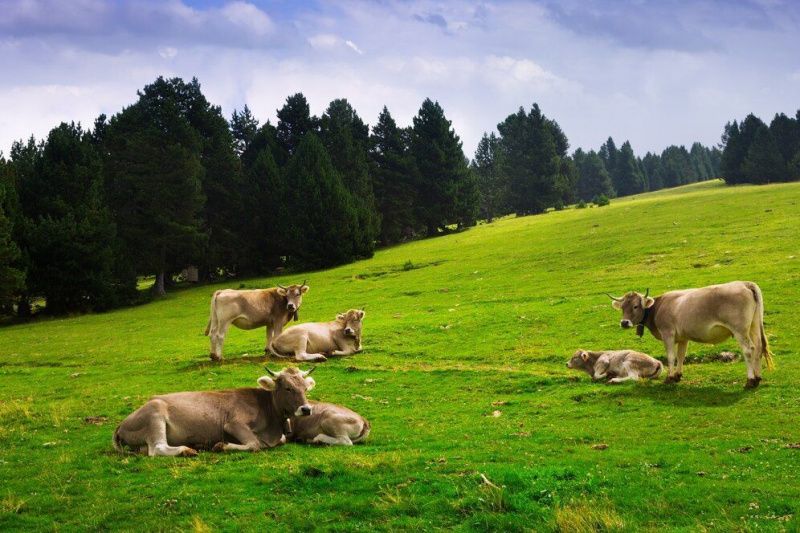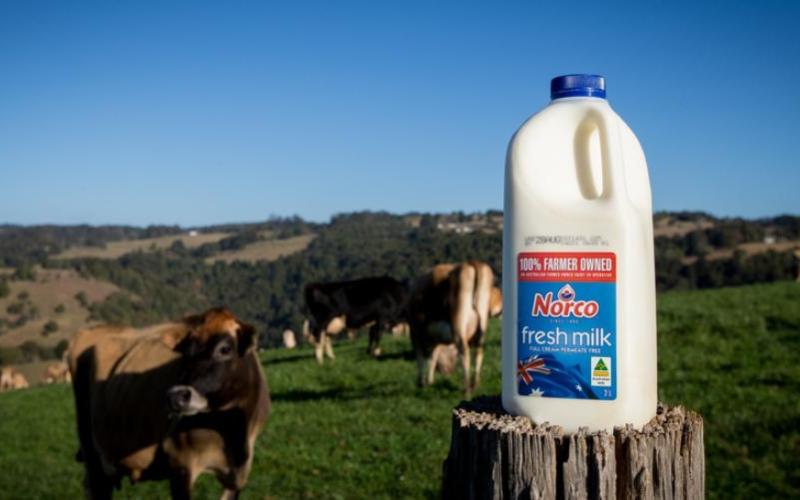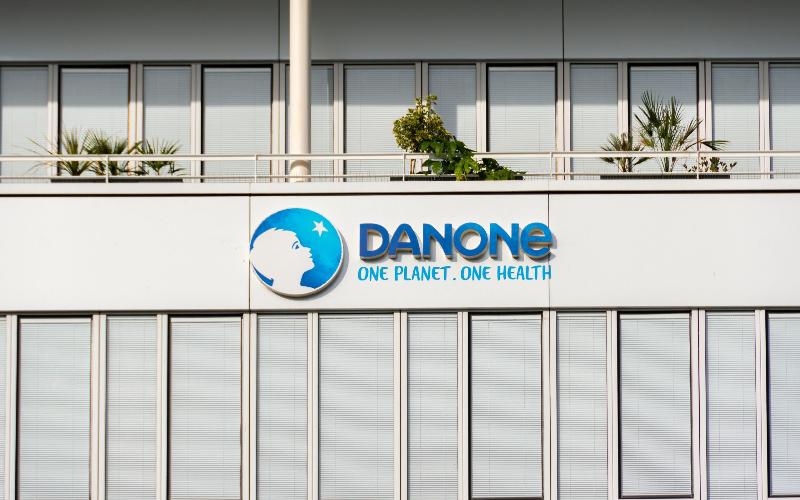Denmark Pioneers Agricultural Carbon Tax
Sourse: The DairyNews
Denmark, renowned as a 'milk powerhouse', has become the first country in the world to implement a carbon tax on farmers. The initiative aims to reduce carbon dioxide emissions in alignment with environmental targets through an ‘agricultural carbon tax,’ which bases taxes on emissions.

According to Bloomberg News on the 24th, the Danish government announced that starting from 2030, farms will be taxed 300 Danish kroner (approximately $43) per ton of carbon dioxide emitted. The tax is expected to rise to 750 Danish kroner (approximately $107) per ton after five years, with increased tax credits promised by the government in return. This strategy aims to achieve carbon neutrality by cutting down farm-related carbon emissions. With 60% of Denmark's land being farmland and a highly developed pig farming industry—exporting 90% of its pig production—Denmark's agricultural sector significantly contributes to the nation’s greenhouse gas emissions.
Given this structure, Denmark ranks high in greenhouse gas emissions among Nordic countries. An advisory group appointed by the Danish government estimates that if no interventions are made, agriculture will account for 46% of Denmark's total greenhouse gas emissions by 2030.
New Zealand, with a similar industrial structure, had planned to introduce an 'agricultural environmental tax' (commonly referred to as the 'fart tax') in 2025 to tax gases produced by livestock. However, facing opposition from the agricultural industry, the implementation was repeatedly delayed, with the New Zealand government recently deciding to postpone it until at least 2030. Unlike New Zealand, Denmark acted swiftly, becoming the first country to introduce an agricultural carbon tax. The Danish government projects that the agricultural carbon tax will reduce carbon dioxide emissions by 1.8 million tonnes by 2030, aiding Denmark’s goal of carbon neutrality.
Denmark’s Parliament enacted a climate law in 2019, committing to a 70% reduction in greenhouse gas emissions by 2030 compared to 1990 levels and achieving carbon neutrality by 2050. To support the agricultural sector in reducing emissions, the government plans to introduce subsidies worth 40 billion Danish kroner, as reported by Bloomberg News. Since February, ongoing discussions between agriculture, the food industry, nature conservation groups, and the Danish government have focused on evaluating taxation models to finalize the approach.
Given this structure, Denmark ranks high in greenhouse gas emissions among Nordic countries. An advisory group appointed by the Danish government estimates that if no interventions are made, agriculture will account for 46% of Denmark's total greenhouse gas emissions by 2030.
New Zealand, with a similar industrial structure, had planned to introduce an 'agricultural environmental tax' (commonly referred to as the 'fart tax') in 2025 to tax gases produced by livestock. However, facing opposition from the agricultural industry, the implementation was repeatedly delayed, with the New Zealand government recently deciding to postpone it until at least 2030. Unlike New Zealand, Denmark acted swiftly, becoming the first country to introduce an agricultural carbon tax. The Danish government projects that the agricultural carbon tax will reduce carbon dioxide emissions by 1.8 million tonnes by 2030, aiding Denmark’s goal of carbon neutrality.
Denmark’s Parliament enacted a climate law in 2019, committing to a 70% reduction in greenhouse gas emissions by 2030 compared to 1990 levels and achieving carbon neutrality by 2050. To support the agricultural sector in reducing emissions, the government plans to introduce subsidies worth 40 billion Danish kroner, as reported by Bloomberg News. Since February, ongoing discussions between agriculture, the food industry, nature conservation groups, and the Danish government have focused on evaluating taxation models to finalize the approach.
Key News of the Week














